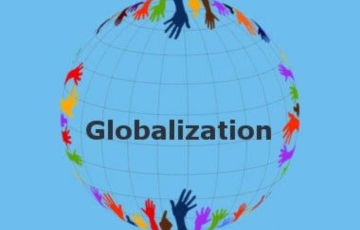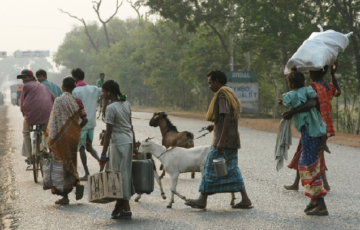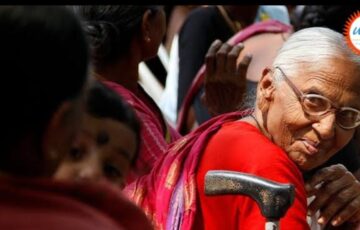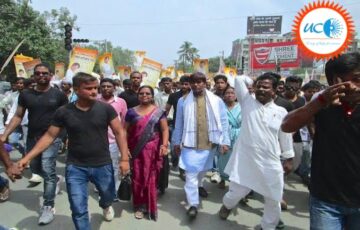What effects has globalisation had on India’s underprivileged people in terms of their empowerment or lack thereof? Examine.
Approach
- Candidates can start the answer giving idea of globalisation and then
- Examine both sides of arguments as per the demand of the question.
Introduction
Globalization is a process of increasing interdependence, interconnectedness and integration of economies and societies to such an extent that an event in one part of the globe affects people in other parts of the world.
Body
Globalisation empowering the marginalized communities:
- The strict caste structure is gradually losing way to laxer standards as a result of caste becoming more secular. Inter-caste unions, mixing with other castes, and interacting socially with outcast castes are no longer frowned upon.
- As a new world economic order, globalisation makes promises of greater prosperity, advancement, and freedom for everybody. The growth of Dalit capitalism is one manifestation of this idea.
- Through the dissemination of ideas from countries other than India, globalisation has aided in giving them a voice. Their social movements in India have been affected by the growing recognition overseas. It is clear from the NALSA ruling that the Supreme Court understood transgender people’s rights.
- Young people’s perspectives have widened as a result of globalisation, which has led to a decrease in child marriages. It has aided in stepping up efforts to combat underage marriages and the surge in widow remarriages.
- The fundamental principles of globalization—openness, individuality, freedom, etc.—oppose religious nationalism. It permits underprivileged groups to maintain gender equality while engaging in religious activity.
- Women are becoming more and more active in the workforce. The establishment of numerous MNCs in the formal sector has aided in giving women access to a variety of economic opportunities and has helped them become economically independent.
Globalisation disempowering the marginalized communities:
- Globalization has made cultural lag more prevalent in India. The notion of cultural lag holds that society struggles to adapt to technological progress. As a result, there is an adjustment period where new risks are not properly managed.
- For instance, due to sex-selective practises, India’s child sex ratio declined as medical technology advanced.
- Increased use of social media and IT tools, which are inspired by the new value system, has led to an increase in the commercialization and objectification of women.
- Globalization has driven weaker castes into the unorganised sector where they must do menial work since they lack the appropriate skills. People who were once untouchable, for instance, now work as manual scavengers.
- The gap between the wealthy few and the great majority of society’s marginalised groups, particularly the SCs and Dalits, has grown as a result of globalization’s pro-market stance.
- The sociocultural heritage of the indigenous people, including their language and culture, has been lost as a result of forced relocations and a lack of proper legal protection.
- Marginalized farmers are paying a large price as a result of globalisation in agriculture for superior types of imported seeds that are immune to illnesses due to the patent rights imposed by WTO, as evidenced by the current cotton boll worm problem.
- Due to globalisation, the informal sector has resulted in the contractualization of labour, which lacks affinities and transforms migratory workers, women, and other itinerant labourers into targets of exploitation.
Conclusion
Although it has greatly benefited the Indian economy, it has also exacerbated the wealth and poverty disparity. In order to prevent social upheavals, globalisation must be ingested carefully by integrating the various aspects gradually.









